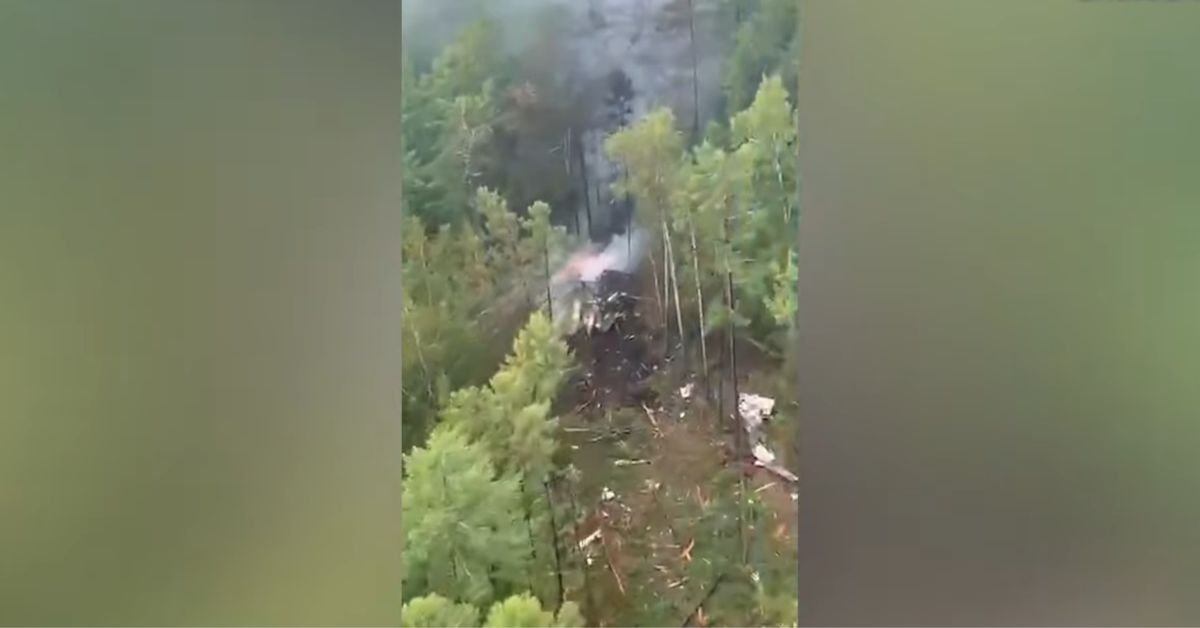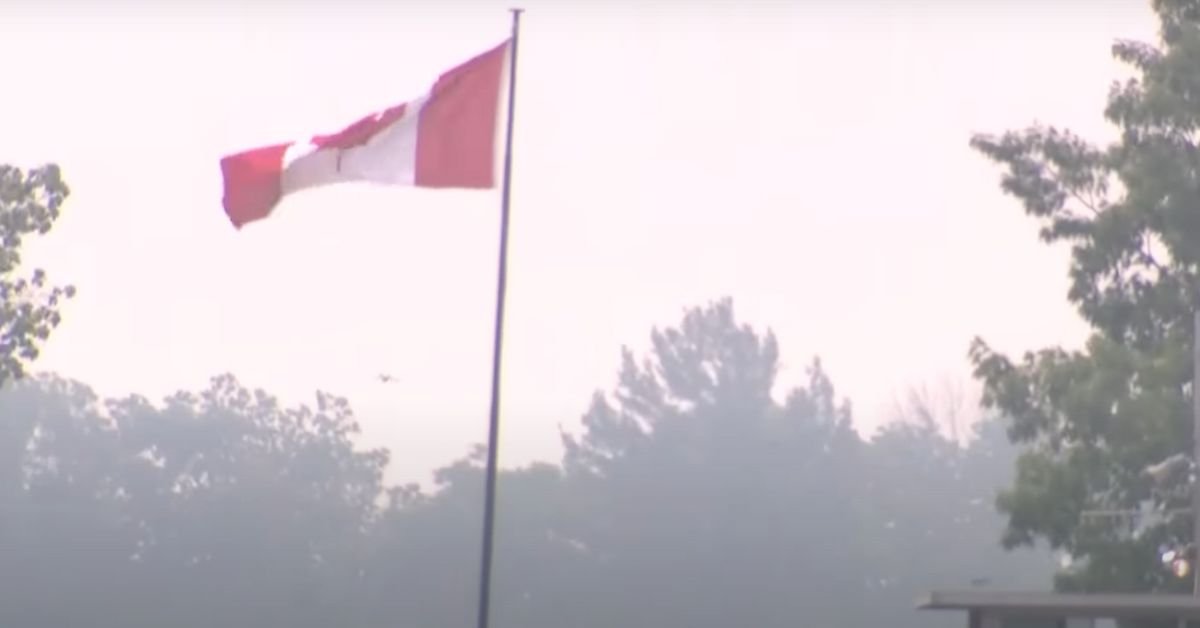In a tragic announcement, the preliminary report probing last month’s Air India Flight 171 crash, which killed 260 people, said that a cut in fuel supply was to blame. The Boeing 787 Dreamliner, which was headed for London, crashed soon after taking off from Ahmedabad’s Sardar Vallabhbhai Patel International Airport on June 12. The plane crashed into a hostel building near the airport, resulting in multiple casualties both on the ground and among passengers; there was only one survivor on board.
Fuel switches accidentally flipped
According to the Aircraft Accident Investigation Bureau of India (AAIB), the accident occurred when the plane was late in taking off. During the approach, the plane veered in light winds and then hit the ground. During this time, the pilot could not control the plane in the right direction on the runway, causing the plane to veer into the grassy area and crash. Moments later, when the plane was travelling at 180 knots, the jet control switches were switched on about one second apart.
Recordings from the flight data and cockpit audio uncovered a startling conversation between the pilots. One of them said, “Why did you turn it off?” To which the other replied, “I cannot do anything.” It could have been a mistake or a mechanical failure, although investigators believe someone may have made a mistake without thinking.
An attempt was made to restart the engines, but it was too late
Shortly after the fuel was turned off, the pilots put the controls back into the correct position, and tried to restart the engines. But it was not done quickly enough to avert disaster. One of the pilots called out ‘Mayday’ four times in a distress message, but there was no further communication. The plane fell out of the sky and crashed into the hostel building of BJ Medical College, killing many people on the ground. The total death toll has now risen to 260.
Rare and unimaginable accident
According to aviation experts, such incidents are exceptionally rare. The fuel switches on 787s are built strong and have metal guards to protect them so they do not move inadvertently. “These switches are designed so that you do not make the mistake you are talking about here. They do not move on their own; they have to move,” said safety analyst David Soucy.
The plane had no pending maintenance work. The engines had been replaced earlier this year, one in March and the other in May. Investigators also confirmed that the plane’s fuel was fine, there had been no bird strikes, and takeoff settings were normal. Everything was going according to plan – except for the fatal mistake in the fuel switch
Air India’s response:
Air India confirmed receiving the report and also said it was cooperating with the investigation. The airline posted a poignant statement on social media:
“Air India offers condolences to all those affected by the AI171 tragedy. We are mourning the loss and are fully committed to supporting this family in their hour of need.”
A sharp lesson for aviation safety.
The tragedy of Air India Flight 171 has sparked introspection in the aviation world and debate on cockpit safety procedures. Although air travel is still the safest of all modes of transport, incidents like this are a reminder of how a minor mistake by the cockpit crew can lead to a deadly disaster.











